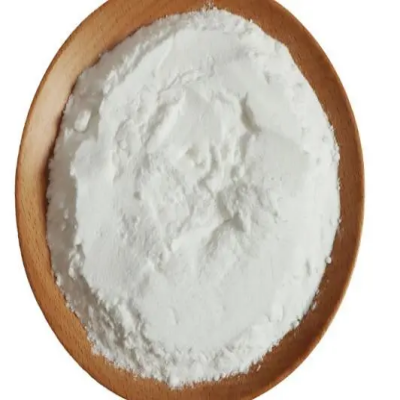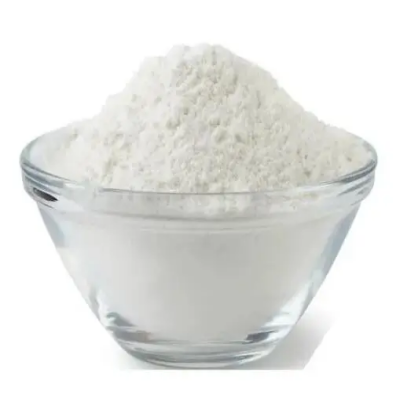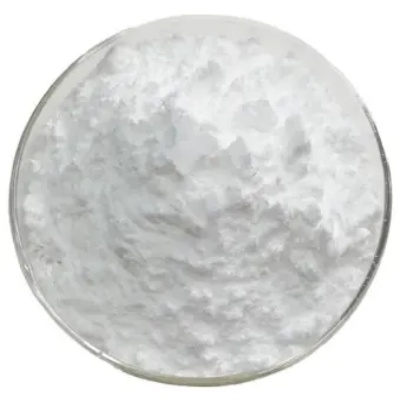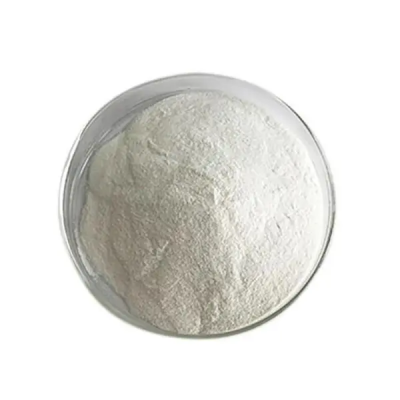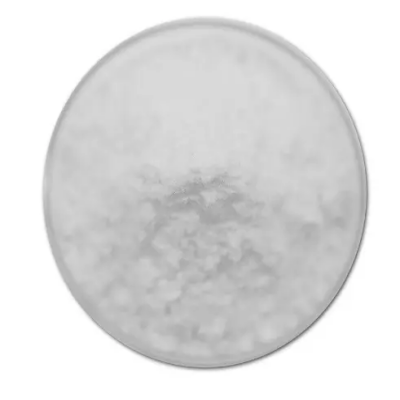Chlorodiphenylphosphine CAS:1079-66-9
Chlorodiphenylphosphine (CDPP) is a significant organophosphorus compound characterized by its distinctive structure, featuring a phosphorus atom bonded to two phenyl groups (C₆H₅) and one chlorine atom. Its chemical formula is C₁₂H₁₀ClP, and it exhibits important chemical properties that make it valuable in various synthetic applications. One of the primary uses of chlorodiphenylphosphine is as a versatile reagent in organic synthesis. The presence of the phosphorus atom allows for the formation of phosphine derivatives through nucleophilic substitution reactions. These phosphine compounds are critical in coordination chemistry, where they act as ligands capable of forming stable complexes with transition metals. Such metal-phosphine complexes play essential roles in catalysis, enabling a wide range of organic transformations, including cross-coupling reactions, hydrogenation, and polymerization processes. Moreover, chlorodiphenylphosphine serves as a precursor in the synthesis of more complex organophosphorus compounds, such as phosphine oxides and phosphonates. These derivatives are vital in fields like medicinal chemistry and agrochemicals, where they can exhibit biological activity and contribute to the development of pharmaceuticals and crop protection agents. In addition to its synthetic utility, CDPP has been explored for its potential applications in materials science. For instance, incorporating chlorodiphenylphosphine into polymer formulations can enhance thermal stability and mechanical properties. This makes it a candidate for use in advanced materials that require specific performance characteristics. Despite its numerous applications, it is crucial to recognize the potential risks associated with chlorodiphenylphosphine. Like many organophosphorus compounds, CDPP can pose health hazards if inhaled or absorbed through the skin. Exposure may lead to irritation, respiratory issues, or other acute health effects. Therefore, appropriate safety protocols, including the use of personal protective equipment (PPE) and ventilation systems, should be implemented when handling this compound in laboratory or industrial settings. The environmental impact of organophosphorus compounds, including chlorodiphenylphosphine, has also raised concerns. Regulatory agencies are increasingly scrutinizing their usage due to potential ecological risks. As a response, researchers are actively investigating greener alternatives and more sustainable methods for synthesizing organophosphorus compounds, seeking to minimize reliance on harmful chemicals. In conclusion, chlorodiphenylphosphine is a valuable organophosphorus reagent with widespread applications in organic synthesis, catalysis, and materials science. Its ability to form stable complexes with transition metals and serve as a precursor to various phosphine derivatives highlights its significance in scientific research and industrial processes. However, awareness of its toxicological properties necessitates careful handling and adherence to safety guidelines. Continued research and innovation in sustainable practices will be essential for the responsible use of chlorodiphenylphosphine and similar compounds in the future.



| Composition | C12H10ClP |
| Assay | 99% |
| Appearance | white powder |
| CAS No. | 1079-66-9 |
| Packing | Small and bulk |
| Shelf Life | 2 years |
| Storage | Store in cool and dry area |
| Certification | ISO. |




